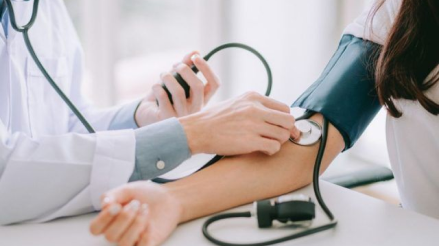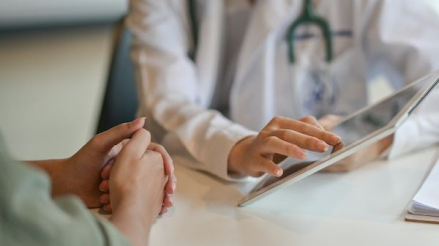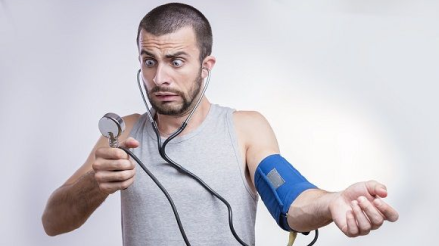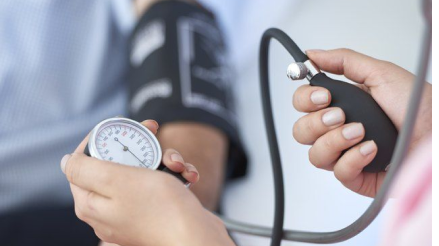You may also like…
What is Low Blood Pressure (Hypotension)? What are its Causes?
Low blood pressure, clinically referred to as hypotension, occurs when the force of blood against the artery walls is significantly lower than the normal range. This diminished pressure can lead to insufficient blood supply to vital organs such as the heart and brain. Typically, normal blood pressure falls within the range of 120/80 mmHg.
Blood pressure levels can vary from person to person, and even a relatively modest drop of as little as 20 mmHg can cause issues for some individuals. Various types and causes of low blood pressure exist.
Severe hypotension can be triggered by events such as sudden blood loss (shock), severe infections, heart attacks, or severe allergic reactions (anaphylaxis).
Feeling dizzy after getting up or standing up?
Orthostatic hypotension results from a sudden change in body position, often occurring when transitioning from a lying down to a standing position. This type of low blood pressure is usually short-lived, lasting only a few seconds or minutes. When it happens after eating, it is termed postprandial orthostatic hypotension. This particular type of low blood pressure tends to affect older adults, individuals with high blood pressure, and those with Parkinson's disease.
Other causes of Hypotension / Low Blood Pressure :
Neurally mediated hypotension (NMH) primarily afflicts young adults and children and can manifest after prolonged periods of standing. Fortunately, many children eventually outgrow this type of hypotension.
Low blood pressure can also result from certain medications and substances, including alcohol, anti-anxiety drugs, specific antidepressants, diuretics, heart medications used for high blood pressure and coronary heart disease, medications administered during surgery, and painkillers.
Additional factors contributing to low blood pressure encompass nerve damage linked to diabetes, irregular heart rhythms (arrhythmias), inadequate fluid intake (dehydration), and heart failure.
Powered by Froala Editor







